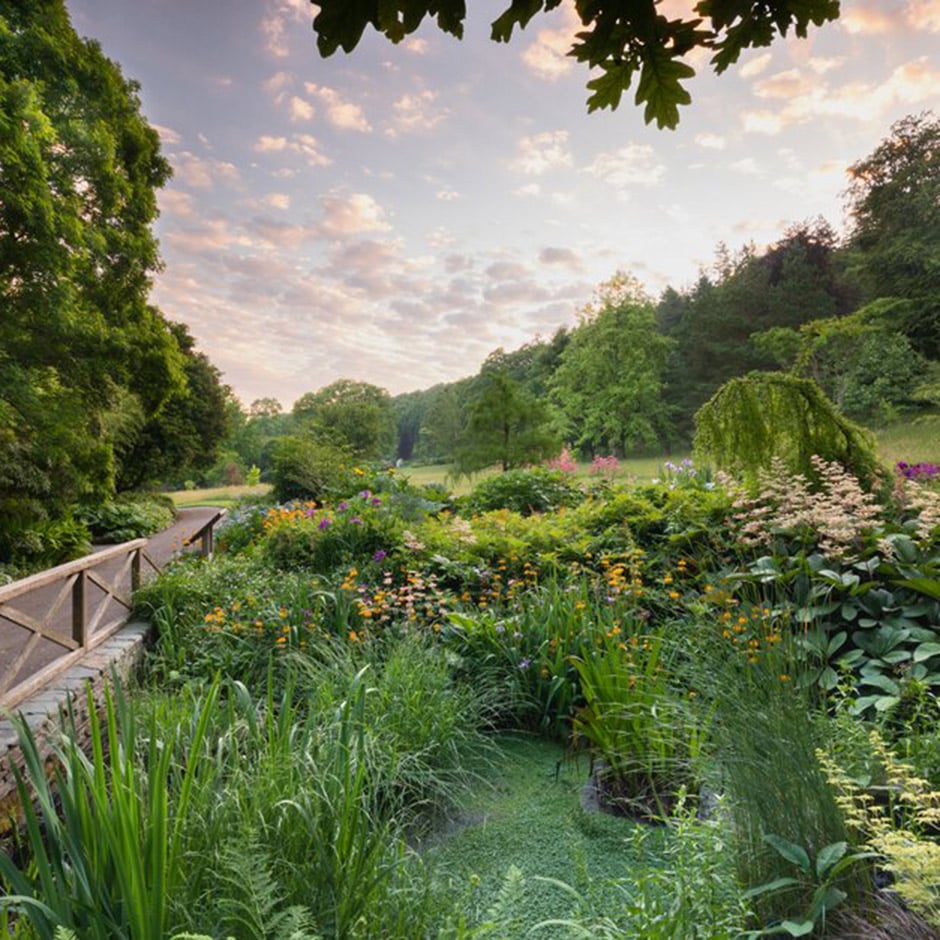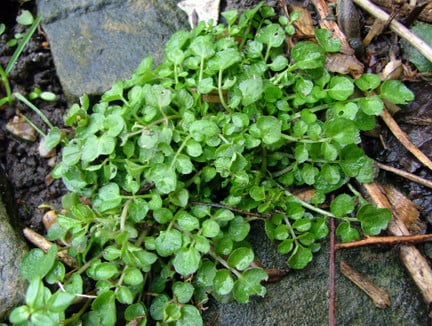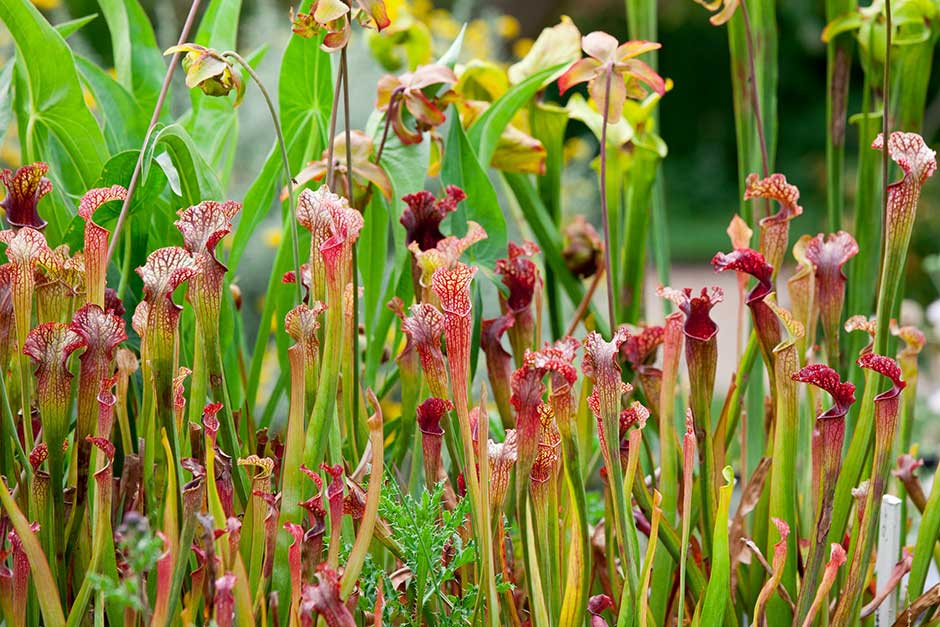Growing guide
How to grow carnivorous plants
Carnivorous plants are fascinating, strangely beautiful and highly collectable. There are many different types, from Venus flytraps to pitcher plants, which use a range of methods to catch their prey. Most like damp conditions and special low-nutrient compost, and can be grown indoors and sometimes outdoors.
Quick facts
- Several are easy to grow
- Need special low nutrient compost and damp conditions
- Some suitable for indoors, outdoors, or both
- Plant outdoors in spring
- Suitable for various light levels
- Make new plants from cuttings or seeds
- An RHS research experiment shows Sarracenia excel in peat-free growing media
All you need to know
What are carnivorous plants?
Carnivorous plants trap and digest small creatures, usually insects, to supplement the lack of
To grow well, plants need a wide range of nutrients in various amounts, depending on the individual plant and its stage of growth. The three key plant nutrients usually derived from soil are nitrogen, phosphorus and potassium, while carbon, oxygen and hydrogen are absorbed from the air. Other vital soil nutrients include magnesium, calcium and sulphur. Gardeners can add nutrients by applying fertilisers (either artificial or naturally derived) to boost plant growth and improve flowering and fruiting.
Choosing the right carnivorous plants
Some carnivorous plants are hardy, so can be grown outside all year round, while others need to be kept frost free, either indoors as houseplants or in a greenhouse.Some are easy to grow, while others need more specialist care, so choose plants to suit your level of skill and the time you have available to look after them. Always check plant labels carefully before buying, to ensure the plant suits your requirements.
Cape sundew (Drosera capensis), Venus flytrap (Dionaea muscipula), and purple pitcher plant (Sarracenia purpurea) are relatively easy to grow as houseplants. Other popular options for growing indoors include:
- Butterworts (Pinguicula)
- Australian pitcher plant (Cephalotus follicularis)
- Tropical pitcher plant (Nepenthes)
Sarracenia purpurea is hardy to around -15⁰C and can be overwintered outside. S. leucophylla is hardy down to around -5⁰C. S. flava, S. purpurea subsp. purpurea, S. purpurea subsp. venosa and S. oreophila are also well suited to outdoor growing. Hybrids with S. purpurea as a parent are also good, such as S. x catesbaei, S. 'Bella', S. 'Eva', S. x mitchelliana and S x courtii. Although, all may benefit from a
A cloche is a small, portable, protective structure made of glass or rigid transparent plastic used to protect plants, especially overwintered and early vegetables, from wet and cold weather and to warm the soil before planting.
Always check plant labels before buying to make sure the plants are hardy.
Getting the right look
Carnivorous plants are intriguing and unusual, often curiously shaped or with striking colouring, and some also produce impressive flowers. The various methods they use to catch their prey are fascinating, and these plants can bring a really exotic look to your home or garden.Your choices range from the quintessential Venus flytrap (Dionaea muscipula) with its impressive triggered traps, to the cobra lily (Darlingtonia) with its snake-like pitchers complete with fangs. Some Sarracenia have spectacular trumpet pitchers up to 1m (3ft) tall, while the tropical Nepenthes vine has pendulous, goblet-like traps. There are even some native carnivorous plants – small but exquisite sundews covered in glistening, sticky droplets and butterworts with a rosette of broad, light green sticky leaves and attractive mauve flowers.
Most carnivorous plants are relatively small and slow growing, so won’t take up much room or spread too far. They are ideal for growing in containers, both indoors and out, and can be planted together to create an impressive, intriguing and varied collection.
How and what to buy
These increasingly popular plants may be available in the houseplants section of large garden centres, but the range will usually be very limited. For the widest choice, go to a specialist supplier online. Some are also available from the RHS Plants online shop.Start with some of the easier-to-grow options, such as the Cape sundew (Drosera capensis) or purple pitcher plant (Sarracenia purpurea), then you can expand your collection gradually to include some that need more careful attention.
Get rid of gnats and flies in your home
If annoying fungus gnats or aphids are flying around your houseplants or seedlings, then place a few sundews nearby and they should help to keep these tiny insects at bay.
To explore and narrow down your potential planting choices, you can: Get rid of gnats and flies in your home
If annoying fungus gnats or aphids are flying around your houseplants or seedlings, then place a few sundews nearby and they should help to keep these tiny insects at bay.
- Visit gardens that feature carnivorous plants and see which ones you like best. Several of the RHS Gardens grow them, in particular RHS Wisley, which has a wide range in its glasshouse and on the rock garden. All the plants are labelled, so you can note down your favourites.
- Visit RHS Flower Shows, where you will often find specialist growers with spectacular displays.
- Go to RHS Find a Plant and search for ‘pitcher plant’, ‘sundew’ and ‘flytrap’, to browse the photographs and plant descriptions, and find out where to buy them.
- Visit the websites of specialist nurseries, which offer advice as well as plants to buy.
- Explore the websites of the Carnivorous Plant Society and International Carnivorous Plant Society for lots of growing advice and photographs, plus details of membership.
When to plant
Carnivorous houseplants are available for most of the year, except during their dormant period if they have one – which is usually in winter. They are sold in pots of custom-made compost, and won’t need repotting for a year or more, until they have grown significantly.
Hardy carnivorous plants are best planted outdoors in spring, when they are coming into growth. However, they should be fine planted at any time, except when dormant or when conditions are extremely cold or hot and dry.
Where to plant outdoors
Suitable for:
- Sundew (Drosera)
- Pitcher plants (Sarracenia)
- Large-flowered butterwort (Pinguicula grandiflora)
Hardy carnivorous plants are best grown in a damp bog garden, lined with a perforated butyl liner and filled with low-nutrient specialist compost formulated for carnivorous plants. Suitable compost is available from carnivorous plant suppliers and some garden centres, or you can mix your own.
If you are growing several different types, choose species that like similar conditions and grow them together as a collection. Don’t mix them with more vigorous bog plants, as these may outcompete the carnivorous plants.
You can also grow them in containers, again in specialist compost. To keep the compost damp, you can stand the container in a saucer of rainwater, sink it into a bog garden, or place it in a shallow pond margin. Alternatively, use a container with few or no drainage holes, such as a butler sink with the plug in. Growing in containers means it’s easier to bring plants indoors over winter, if necessary.
There are species for most locations, from partial shade to full sun. Plants often grow more strongly and develop richer colours in sunnier locations. The taller pitcher plants, such as Sarracenia flava var. maxima, won't usually stand up to a windy site, so plant in a sheltered spot or choose lower-growing species.

Bog gardens
Where to grow indoors
Suitable for:
- Venus flytrap (Dionaea muscipula)
- Cape sundew (Drosera capensis)
- Purple pitcher plant (Sarracenia purpurea)
- Tropical pitcher plants (Nepenthes)
- Australian pitcher plant (Cephalotus follicularis)
- Butterworts (Pinguicula)
Many carnivorous plants can be grown indoors, in a bright position but not usually in direct sun, as the leaves can scorch through glass.
Tender species that come from the tropics, however, need warm, humid conditions and often lower light levels. The most widely available is Nepenthes, which is usually grown in a hanging basket, where its dangling pitchers are displayed to best advantage.
Compost for carnivorous plants
Many carnivorous plants grow in the wild in boggy or swampy ground that is acidic and low in nutrients, so growers traditionally used peat-based compost. The use of peat is soon to be banned in the UK (why?), and more sustainable options have been developed in recent years, such as milled pine-bark, other fibrous materials such as coir, or sustainably farmed live sphagnum moss, combined with sharp sand or perlite. See the RHS policy on peat use.
You can buy specialist peat-free compost for carnivorous plants from online suppliers and some garden centres. Ready-made composts will specify for which types of carnivorous plants they are suitable.
You can also mix your own compost – the ingredients are available from specialist suppliers online and from some garden centres. The exact combination of ingredients and their ratios are a matter for debate, and different formulas will suit different species, so it is worth experimenting.
Growing carnivorous plants in peat-free mixes
A research experiment growing Sarracenia in mixes of peat-free growing media has so far been successful, with some outstanding results. These mixes have been produced from the ‘Peat-free Carnivores’ experiment carried out by the RHS, which tested five different peat-free blends against a peat control. So far, all five peat-free blends have provided better results than plants grown in peat. The plants used in the research experiment are Sarracenia leucophylla hybrid (Sarracenia 'Juthatip Soper' x S. leucophylla) and Sarracenia purpurea subsp. venosa var. burkii.In an effort to assess and qualify the longer-term benefits of peat-free cultivation, this research experiment continues at the RHS. However, from this study the RHS recommends using the following peat-free alternative mixes:
- Sustainably produced sphagnum moss – 75% by volume with 25% finely sieved pine bark (≤4mm)
- Sustainably produced sphagnum moss (dried and chopped) – 100%
Research experiment into growing sarracenias in peat-free mixes at RHS Wisley
Peat-free Sarracenia and other carnivorous plants are also being made available for purchase in our RHS Wisley Plant Centre.
Never plant carnivorous plants in soil or potting compost, as these are too rich for them.
How to plant outdoors
Most carnivorous plants are perennials and are easy to plant, in a similar way to other garden perennials – see our guides to planting perennials and planting in containers.
However, unlike other garden perennials, they must be planted into compost that is specially formulated for carnivorous plants (see above), rather than soil or potting compost.
When planting outdoors, carnivorous plants are best grown either in a bog garden with a perforated butyl liner or in a container with few or no drainage holes. Again, only use compost that is specially formulated for carnivorous plants.
How to plant indoors
When grown indoors, most carnivorous plants can be kept in the container and compost that they were bought in, for at least the first year.
They may need repotting eventually, once their roots fill the container. Use a pot that is only slightly larger than the original one, filled with a compost mix for carnivorous plants.
Most carnivorous plants are relatively low maintenance, as long as care is taken to give them the correct growing conditions. Some need a period of dormancy with reduced watering and cooler temperatures, and those that are not hardy should be brought indoors over winter, if they’re not permanently grown indoors.
To keep plants looking their best, you can remove old pitchers, traps, flower heads and leaves once they start to fade.
Watering
Use rainwater to water carnivorous plants whenever possible – see our guide to collecting and storing rainwater.
If rainwater isn’t available, use distilled water or tap water that has been boiled and cooled. However, if cooled tap water is used regularly, harmful minerals can build up in the compost, so it should be replaced every six months.
Water houseplants from below throughout the growing season by standing the container in a saucer of water up to 2.5cm (1in) deep. During winter, water from below then discard the excess.
Feeding
Most carnivorous plants originate in low-nutrient conditions, so need no additional fertiliser.Weeding
Smaller carnivorous plants are easily outcompeted by weeds, so check regularly for germinating weeds and remove at an early stage.

How to identify common weeds
Mulching
It is a good idea to mulch the surface of your bog garden or container with a generous layer of pine bark, or other acidic mulch, to hold in moisture and deter weed seeds from germinating.Overwintering
Many carnivorous plants take a rest over winter, when temperatures and watering may need to be reduced. Water only when the compost is starting to dry out, and discard any excess rather than letting the container stand in water.Plants that aren’t fully hardy should be brought indoors over winter. Even hardy species may benefit from protection (such as a cloche) during very cold spells.
Caring for older plants
Most carnivorous plants are perennials, so will live for several years if given the correct care and conditions.
Plants can be repotted if they get too large for their container, and some can be divided to create several new plants.
- Australian pitcher plant (Cephalotus follicularis) – root cuttings (in April/May), leaf cuttings, division of large clumps
- Cobra lily (Darlingtonia californica) – offshoots from the rhizomes
- Venus flytrap (Dionaea muscipula) – division of large clumps (with four or more crowns)
- Sundews (Drosera) – seeds, leaf cuttings, root cuttings
- Tropical pitcher plants (Nepenthes) – stem cuttings (in February), seeds
- Butterworts (Pinguicula) – leaf cuttings, division, seeds
- Trumpet pitcher plants (Sarracenia) – seeds, rhizome cuttings, division of large clumps
Carnivorous plants are relatively trouble-free, as long as they are given the specific growing conditions they need, including a specially formulated compost and correct watering.
A few sap-sucking pests can colonise carnivorous plants, especially the new shoots in spring, often causing distortion. Look out for:They may also be attacked by fungal diseases, especially when growing indoors, including:
- Grey mould (botrytis)

Discover carnivorous plants
Everything you need to know about choosing the right carnivorous plants for you.
Get involved
The Royal Horticultural Society is the UK’s leading gardening charity. We aim to enrich everyone’s life through plants, and make the UK a greener and more beautiful place.